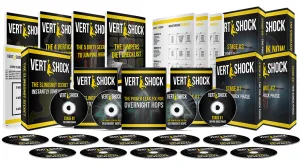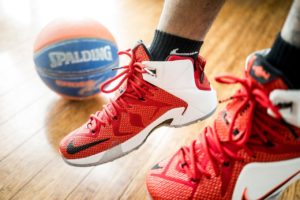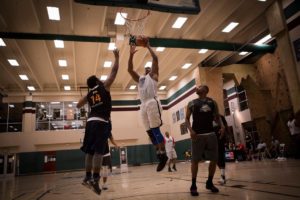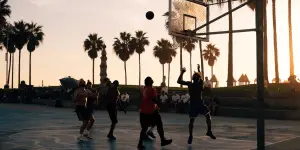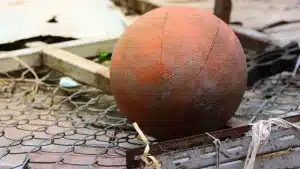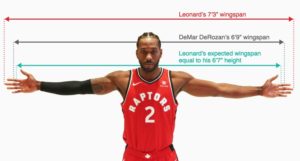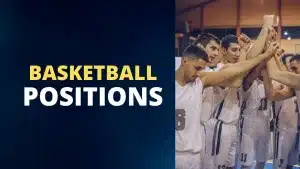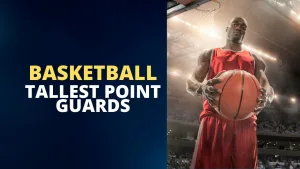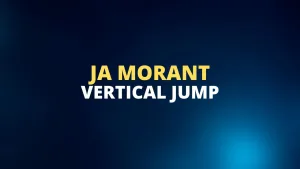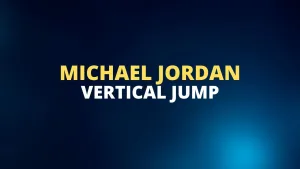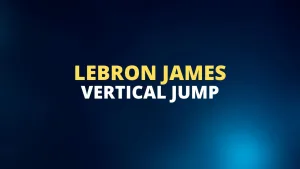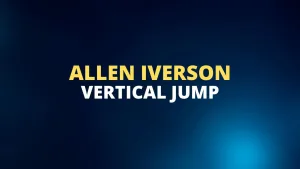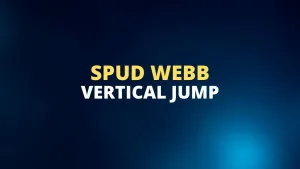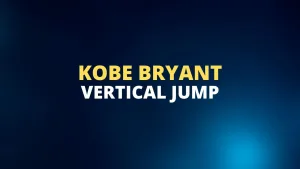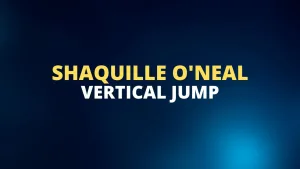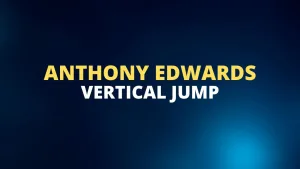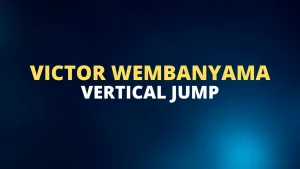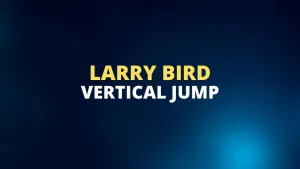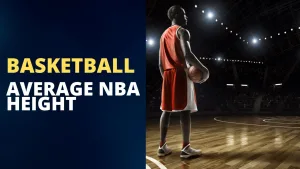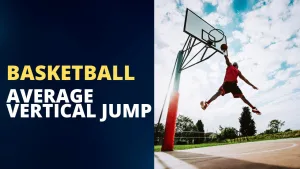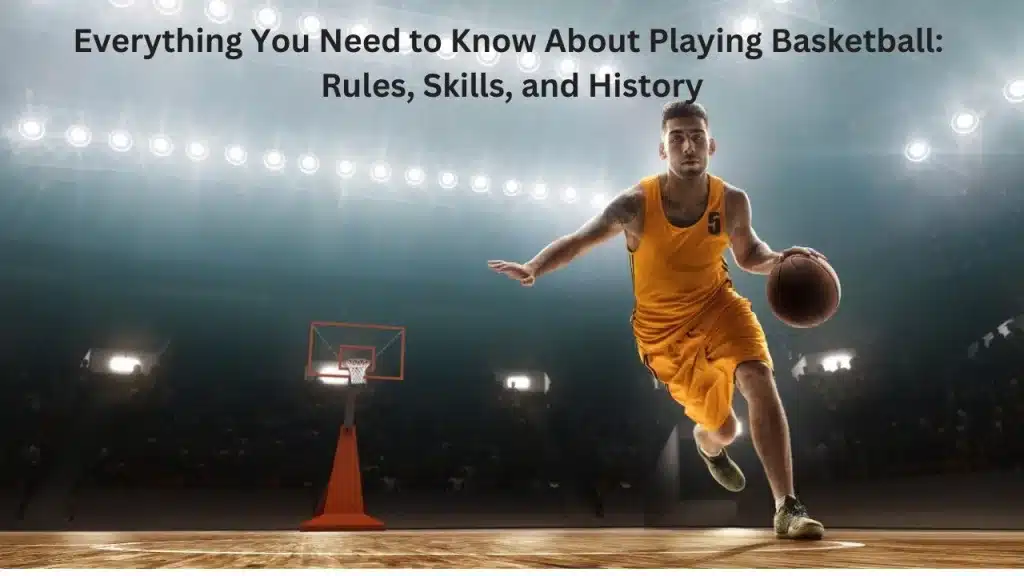
Everything You Need to Know About Basketball: Rules, Skills, and History
Here's everything you need to know about basketball! Basketball is a team sport that is played on a rectangular court ...
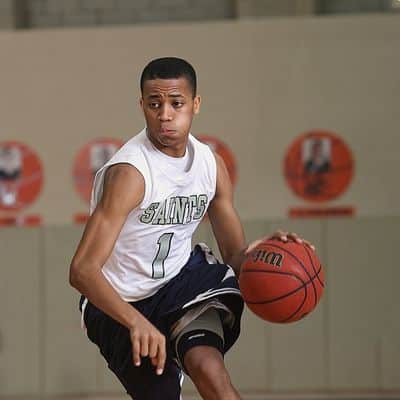
My name is Daniel, I live in the sunny state of Florida and have been playing basketball since I can remember. I played varsity all through high school and continued to play in college.
As I got older, basketball changed my life, and I am at a point where I want to share this life-changing game with everyone.
On this site, we will get into all kinds of basketball information, including basketball rules and regulations, basketball positions, basketball culture, basketball skills, basketball leagues, and more.
Most Popular Posts
Latest Posts
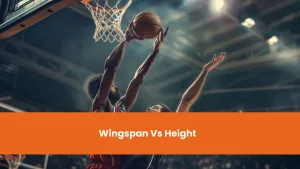
Wingspan vs. Height: Can It Predict Athletic Success?
In basketball, players like Giannis Antetokounmpo stand out for their impressive wingspan, often outstretching opponents on the court. Whether a ...
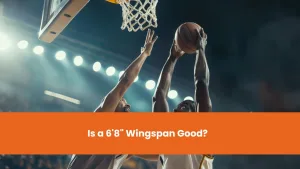
Is a 6’8″ Wingspan Good? Unveiling the Athletic Edge
Imagine effortlessly blocking shots, stealing passes, and dominating the court without sweat. With a 6'8' wingspan in basketball, you could ...

From Dunks to Data -The Surprising Ways AI is Redefining Basketball in 2024
I've studied the stats, followed the games, and seen the change artificial intelligence brings to basketball. AI is no longer ...
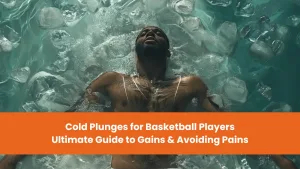
Cold Plunges – The Game Changer for Elite Basketball Athletes?
Did you know that basketball players often use ice baths for post-game recovery? I've found that this intense, chilling routine ...
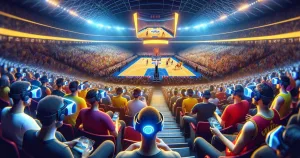
Courtside 2.0: Basketball’s Virtual Reality Revolution
Imagine sinking a game-winning three-pointer from the comfort of your living room, feeling the crowd's roar erupt around you. Or, ...
Explore the World Through Basketball At 9 Iconic Courts
Beyond being a beloved sport, basketball is a bridge, bonding people across borders. I've embarked on an enchanting exploration, experiencing ...
Nike LeBron XXI Basketball Shoes Review
Check Latest Price I Love This Shoe! Enhanced Performance: Advanced technologies for improved agility and speed. Comfort & Support: Superior ...
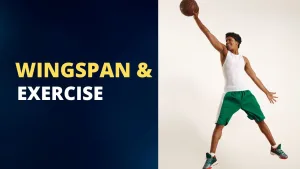
Training for Reach – Enhancing Your Wingspan Through Exercise?
Forget stretching your fingertips or dangling from pull-up bars – wingspan is a fixed feature, not a growth project. But ...
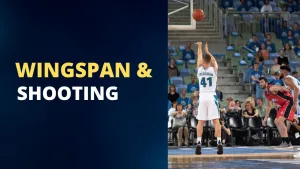
Unveiling the Biomechanics of Wingspan and Shooting Efficiency
Towering wingspans are basketball's secret weapon, right? Not so fast. While extra reach seems like a guaranteed advantage, biomechanics tell ...
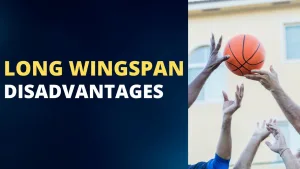
The Double-Edged Sword: When a Long Wingspan Becomes a Hindrance
Towering wingspans are often hailed as a gift in basketball, granting players seemingly effortless reach and defensive dominance. But what ...
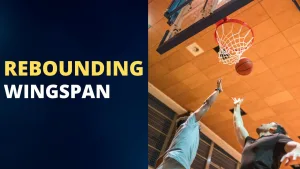
Blocking Out the Competition: Can Wingspan Steal the Rebound Spotlight?
Have you ever witnessed a towering center snatch a seemingly impossible rebound, leaving opponents scratching their heads? The secret weapon ...
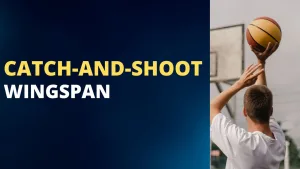
Catch and Shoot Basketball: How Wingspan Extends a Shooter’s Range
Ever wonder why some players effortlessly drain threes from seemingly impossible distances? The answer might surprise you: it's not just ...
Basketball News
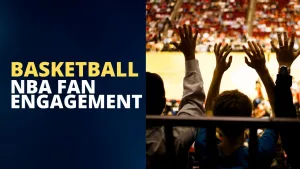
How NBA Teams Stack Up in Fan Engagement: A Deep Dive into the 2023 Rankings
The buzz of the upcoming NBA season is in the air, and fans are gearing up to cheer on their ...
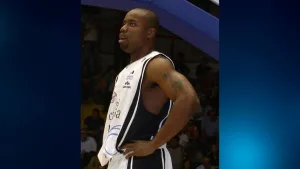
Tragic Loss: Former NBA Star Brandon Hunter Passes Away at 42
In a shocking turn of events, former NBA player Brandon Hunter, known for his time with the Boston Celtics and ...
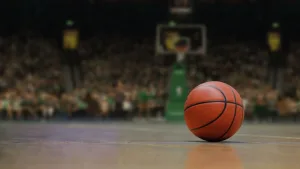
New NBA Resting Policy Limit Resting Star Players
In a significant move, the NBA introduced a new resting policy for the upcoming season, limiting teams to only one-star ...
